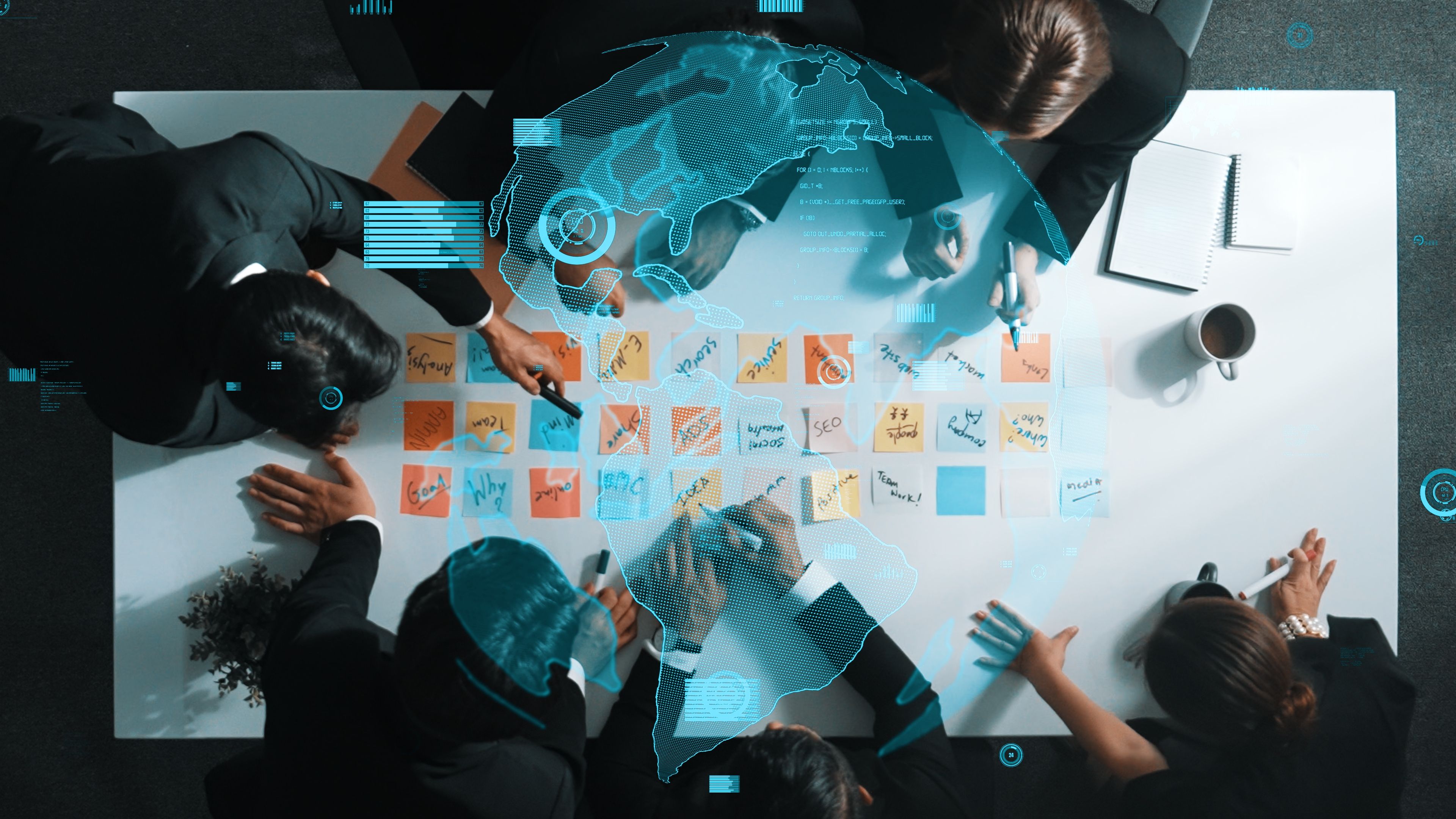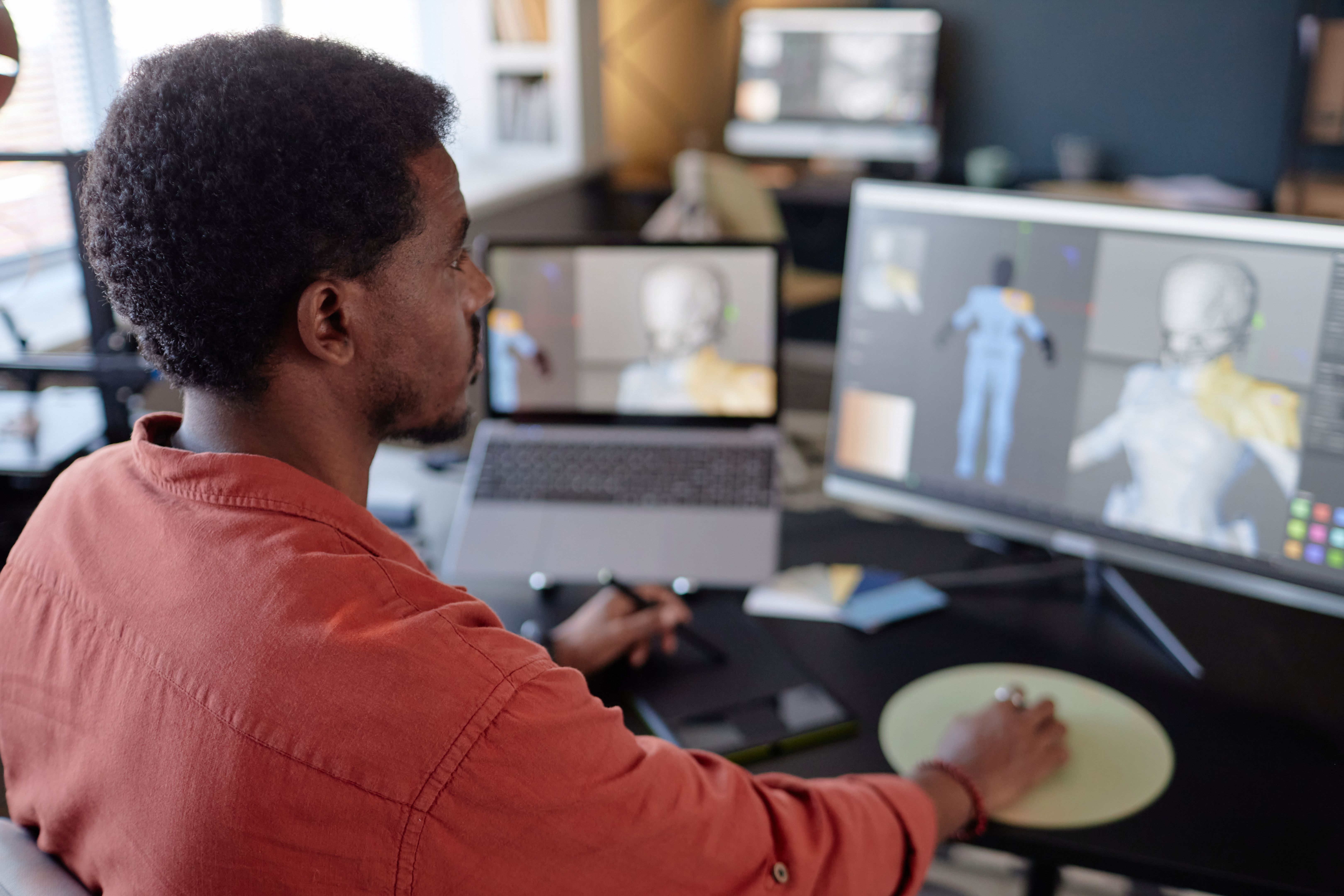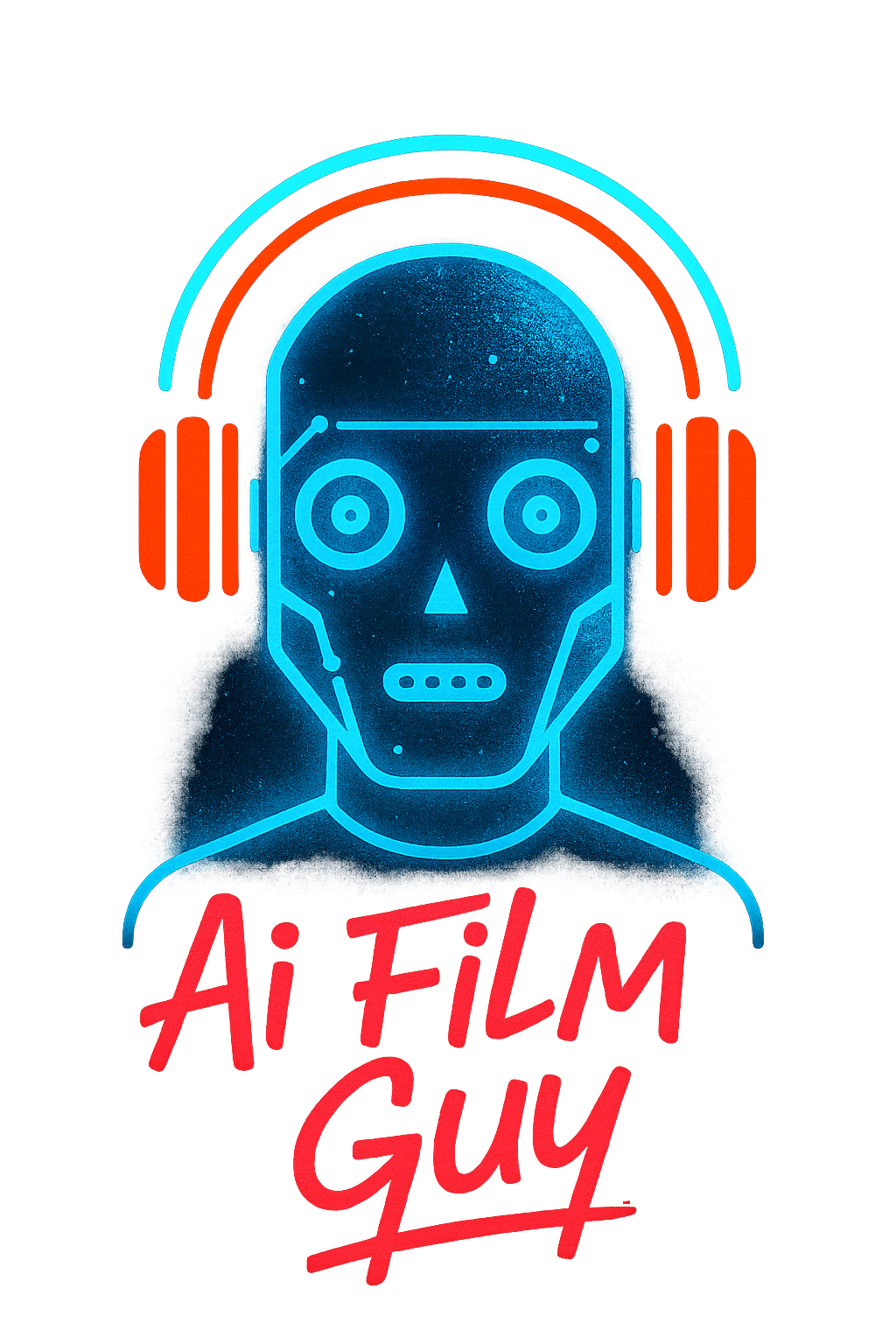The Future of Animation: AI's Transformative Role
JS
The Rise of AI in Animation
Animation has always been at the forefront of technological innovation, captivating audiences with its creative storytelling and visual appeal. Today, the animation industry stands on the brink of another major transformation, fueled by the integration of Artificial Intelligence (AI). This technological advancement is not just enhancing existing processes but is reshaping the very foundations of how animations are created and consumed.

AI technologies are now capable of generating realistic animations with minimal human intervention. This capability allows animators to focus more on the creative aspects rather than getting bogged down by technical constraints. Machine learning algorithms can analyze vast data sets to produce detailed and lifelike animations, thereby significantly reducing production time and costs.
Streamlining Production Processes
One of the most significant contributions of AI in animation is its ability to streamline production processes. Traditionally, animating a single scene could take hundreds of hours. Now, with AI-driven tools, animators can automate mundane tasks such as in-betweening, coloring, and even rendering, making the process faster and more efficient.
Moreover, AI can assist in predicting potential challenges in the animation pipeline, enabling teams to address issues before they even arise. This predictive capability helps maintain timelines and budgets, ensuring projects are completed on schedule.

Empowering Creative Expression
While AI's role in automating tasks is invaluable, it also plays a crucial role in empowering creative expression. By handling repetitive tasks, AI allows animators to experiment more with styles and narratives. AI can even suggest new creative directions by analyzing trends and audience preferences.
This empowerment extends beyond professional studios. Independent creators now have access to AI tools that were once exclusive to large companies, democratizing animation creation. This accessibility leads to a diverse range of content that can appeal to audiences worldwide.
Personalized Viewer Experiences
AI is not limited to production; it also enhances how audiences experience animation. By analyzing viewer data, AI can tailor content recommendations based on individual preferences, ensuring that viewers find animations that resonate with them on a personal level.

Furthermore, AI-driven interactive animations allow viewers to engage more deeply with content. These experiences provide a unique blend of storytelling and interactivity, offering a more immersive viewing experience.
The Ethical Considerations
Despite its transformative potential, the use of AI in animation raises several ethical considerations. Concerns about job displacement in the industry are prevalent, as automation could reduce the need for certain roles. However, it's important to note that AI is a tool meant to augment human creativity, not replace it.
Another concern is the potential for homogenization of content. As AI analyzes trends to suggest popular themes and styles, there's a risk that unique artistic voices could be overshadowed by algorithm-driven decisions. Balancing AI's capabilities with human creativity will be key to maintaining diversity in animation.
The Path Forward
The future of animation with AI is undoubtedly exciting. As AI continues to evolve, it will open new avenues for storytelling and visual expression. By embracing these technological advancements responsibly, the animation industry can harness AI’s transformative power to create richer, more engaging content for audiences around the world.
